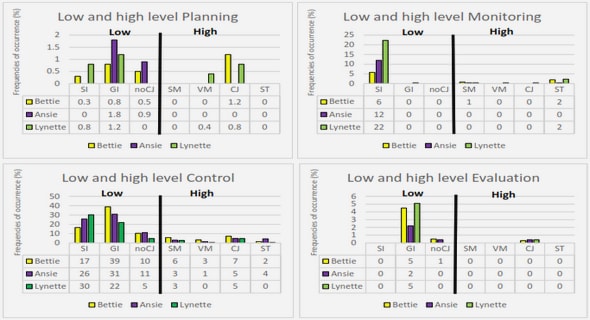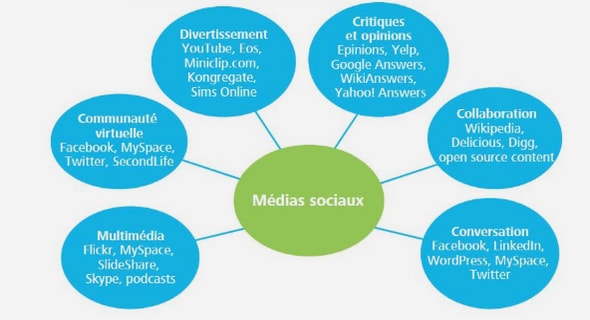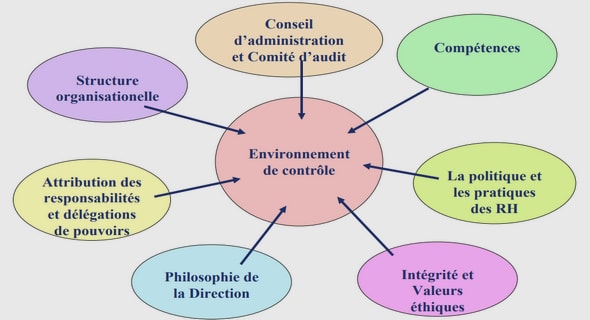Get Complete Project Material File(s) Now! »
VARIATIONS IN PERFORMANCE
Deming, Juran and Crosby all noted more than two decades ago that variability on critical performance metrics is evidence that a business is not being managed effectively (Adsit, n.d.). Variation in measures such as performance, quality and throughput poses a threat to the vitality of an organisation. The greater the range of variation, the more costly the business is to operate.
Motley’s (2005) definition of a variation is most apt for the purposes of this study – variation is any unwanted condition, or is the difference between a current and a desired end state. It can be accepted that there will always be variation between people, in output, in service and in product(s). However, it is a key element of performance excellence to manage and reduce variation, and when variation does occur, to identify the sources of that variation and then to earmark them for further scrutiny. However, this does not imply that we need to measure and investigate every possible source of variation – we only need to investigate the possible sources that probably contribute most significantly to the variation in the output.
All causes of performance variation fall into two categories, namely chronic or controlled variation and sporadic or uncontrolled variation, and any situation may display both these types of variation from time to time (4GM Consulting, n.d.).
CHAPTER 1 – INTRODUCTION
1.1 BACKGROUND
1.2 VARIATIONS IN PERFORMANCE
1.3 RATIONALE FOR THE STUDY AND ITS SIGNIFICANCE
1.3.1 The lack of shared understanding
1.3.2 The lack of proper analysis
1.3.3 Shortcomings of existing techniques and methodologies
1.3.4 The need for a tool that fits the means
1.4 RESEARCH OBJECTIVES
1.5 SCOPE OF THE STUDY
1.6 OVERVIEW OF THE RESEARCH DESIGN AND
METHODOLOGY
1.7 OUTLINE OF THE STUDY
CHAPTER 2 – THE FUNDAMENTALS OF HUMAN PERFORMANCE
2.1 INTRODUCTION
2.2 DEFINING THE TERM “HUMAN PERFORMANCE”
2.3 HUMAN PERFORMANCE MODELS
2.3.1 Rummler and Brache’s model
2.3.2 Models developed by Thomas F. Gilbert
2.3.3 James H. Harless’s model
2.3.4 Robert F. Mager and Peter Pipe’s Situational Model
2.3.5 Rothwell’s model for human performance enhancement
2.3.6 The TIME performance model
2.3.7 The ASTD’s Human Performance Improvement Process Model
2.3.8 Summary
2.4 VARIABLES AND TRENDS THAT AFFECT HUMAN PERFORMANCE
2.4.1 Variables that affect human performance
2.4.2 Trends that affect human performance
2.5 CONCLUSION
CHAPTER 3 – ANALYSING AND MANAGING HUMAN PERFORMANCE PROBLEMS
3.1 INTRODUCTION
3.2 THE GOAL OF ANALYSING AND MANAGING HUMAN PERFORMANCE PROBLEMS
3.3 METHODS AND TOOLS USED TO ANALYSE AND MANAGE HUMAN PERFORMANCE PROBLEMS
3.3.1 Data presentation methods and tools
3.3.2 Troubleshooting methods and tools
3.4 MANAGING PERFORMANCE PROBLEMS PRO-ACTIVELY
3.5 THE ROLE OF HUMAN ERROR IN PERFORMANCE PROBLEMS
3.5.1 The fundamentals of human error
3.5.2 Managing human error
3.6 CONCLUSION 80
CHAPTER 4 – ROOT CAUSE ANALYSIS LITERATURE
4.1 INTRODUCTION
4.2 TYPES OF CAUSES
4.3 UNDERSTANDING THE CONCEPT OF ROOT CAUSE ANALYSIS
4.3.1 Root cause analysis as an approach that traces causes and effects
4.3.2 Root cause analysis as a structured investigation 85
4.4 CRITERIA FOR AN EFFECTIVE ROOT CAUSE ANALYSIS SYSTEM 1
4.5 CONCLUSION 1
CHAPTER 5 – RATIONALE FOR THE RESEARCH APPROACH
CHAPTER 6 – RESEARCH METHODOLOGY AND METHODS USED
CHAPTER 7 – RESEARCH RESULTS AND FINDINGS
CHAPTER 8 – CONCLUSIONS AND RECOMMENDATIONS


